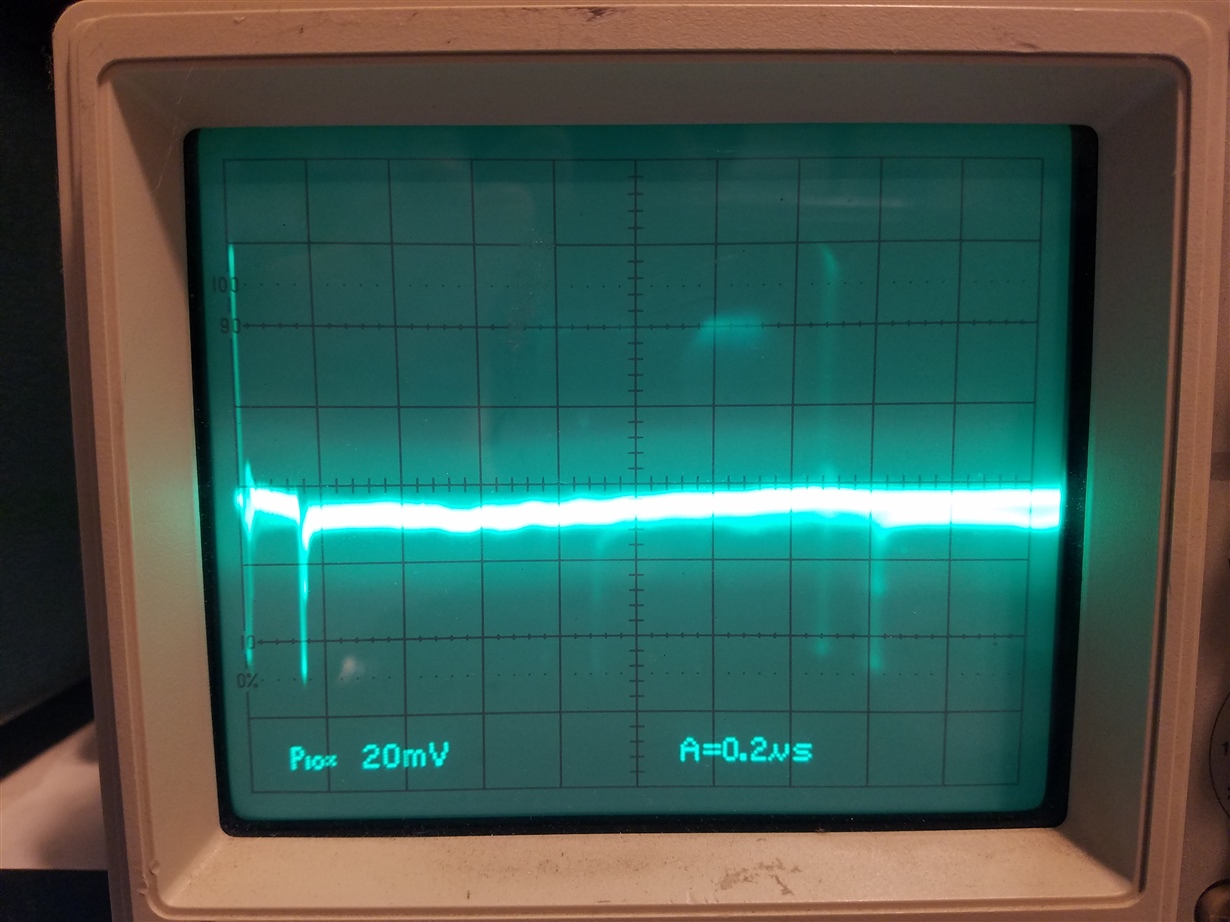I'm puzzled.
I am bringing-up a new design with a -4.5V power supply which I get from +12V using a LMZ21701 DC-DC Nano Module in an inverting configuration. -4.5V was chosen because it fits within the 17V input limit of the LMZ21701 with a half-volt margin. I have removed my planned load from the circuit and replaced it with a 250 ohm resistor to ground (draws 18ma). I power it on and everything works fine; however, I leave it run for 5 minutes and the output is dead. The output's resistance to ground becomes under 3 ohms. The 12V is coming from a lab supply. I've reproduced this a a few times (changing the part) checking that solder is good, etc.
Before I blow-up more parts, is there something I'm missing in the specification whereby this module cannot be used in this configuration? Is the 17V limit downgraded for inverting configurations?
Thanks for anyone's ideas/help here... Tom.




